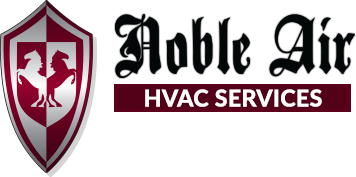Sick building syndrome isn’t something that every business is familiar with, but, when it strikes, it slowly becomes evident what it is. SBS generally begins with a few employee complaints which might quickly be regarded as fatigue, cold, allergies, or even flu. However, the symptoms which include, but are not limited to: headache, sore throat, dry eyes, irritated nose, dry and/or itchy skin, dizziness, and nausea, are also common to sick building syndrome. In addition to these, some SBS suffers experience lethargy, difficulty maintaining concentration, and, respiratory infections.
Needless to say, these can easily be mistaken for signs of other types of illnesses. However, when more than one employee, or, a group of building occupants experience some of the same symptoms, it becomes more apparent that sick building syndrome is the culprit. The problem is, SBS is not easily curable because it can emanate from different areas within a property.
Causes of Sick Building Syndrome
Sick building syndrome can come from a number of sources or a combination of sources. One major source is inadequate ventilation — which restricts airflow and causes particulate matter to circulate through a building over and over again. Chemical contaminants from inside and outside sources are another cause of SBS. These can be in the form of vehicle emissions, carbon monoxide leaks, cleaning agents, chemical compounds, tobacco smoke, pesticides, plumbing vents, carpet, vents in bathrooms and kitchens, and even copy machines.
The sick building syndrome (SBS) is used to describe a situation in which the occupants of a building experience acute health- or comfort-related effects that seem to be linked directly to the time spent in the building. No specific illness or cause can be identified. The complainants may be localized in a particular room or zone or may be widespread throughout the building. —National Center for Biotechnology Information
Biological contaminants can also be a source for sick building syndrome, such as mold, stagnant water, pollen, viruses, dust, and bacteria. The most obvious causes are such things as radon and asbestos, which cause much more severe health problems. To avoid sick building syndrome or to deal with it before it becomes a large problem, do the following:
- Keep cleaning agents stored properly. As previously stated, cleaning agents can be a source or at least a contributor, to sick building syndrome. These materials should always be stored properly, under restricted access. Check each container for its expiration date, and, follow the manufacturer’s instructions for proper storage.
- Replace any carpeting and ceilings. If the building has old carpet and/or ceilings, these can be a source of SBS and should be replaced in their entirety. This is especially true if there is any water damage to these materials.
- Increase building ventilation where possible. One of the best ways to ward off and combat sick building syndrome is to increase ventilation where possible. The better the air flow and quality, the more healthy the work environment will be for occupants.
- Have the commercial HVAC system cleaned and maintained. The ductwork and other parts of a commercial HVAC should be professionally cleaned and routinely maintained to prevent or combat sick building syndrome. In addition to servicing the HVAC system, you should regularly change filters.

